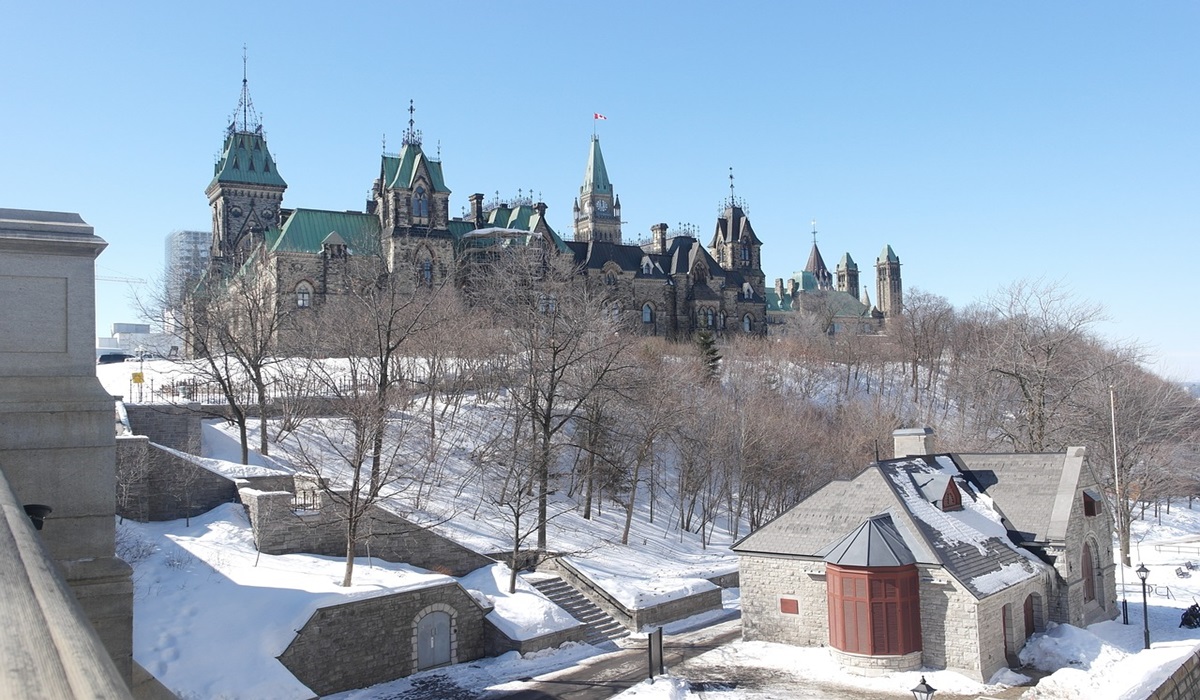Canada’s population is aging, with seniors (defined as those aged 65 and over) expected to make up a quarter of the population by 2036. This demographic shift has significant implications for the country, including the potential strain on healthcare and social services.
One of the main challenges of an aging population is the increased demand for healthcare. As people get older, they are more likely to develop chronic conditions such as arthritis, diabetes, and heart disease, which require ongoing medical attention. At the same time, the number of healthcare professionals, particularly in rural and remote areas, may not be sufficient to meet this demand.
Another challenge is the potential for social isolation and loneliness among seniors, particularly those who are widowed or live alone. This can lead to a range of negative health outcomes, including depression, anxiety, and an increased risk of falls and accidents.
So what can be done to ensure that Canada’s seniors are being taken care of as the population ages? Here are a few potential solutions:
- Increase funding for healthcare and social services: This could include hiring more healthcare professionals, such as doctors and nurses, and expanding access to home and community-based services, such as home care and transportation.
- Promote healthy aging: This could involve more resources for initiatives to encourage seniors to maintain an active lifestyle, through programs such as fitness classes, walking clubs, and community gardening.
- Foster social connections: Programs and services that help seniors connect with their communities and build social connections can help reduce isolation and improve quality of life.
- Support caregivers: Many seniors rely on family members or other caregivers to help them with daily tasks and healthcare. It is important to provide these caregivers with the support and resources they need to care for their loved ones.
All levels of government have a role to play in supporting Canada’s aging population. The federal government is responsible for providing a range of services and benefits to seniors, such as Old Age Security (OAS) and the Guaranteed Income Supplement (GIS), which help to ensure that seniors have a secure and stable income.
The provincial and territorial governments are responsible for providing healthcare and other social services to seniors, such as home care and long-term care. Local governments may also provide services and support to seniors, such as transportation, recreation, and social programs. It is important that all levels of government work together to address the needs of Canada’s aging population.
Canadian seniors have made significant contributions to the country throughout its history and continue to do so today. They deserve to be treated with respect and provided with the support they need to age with dignity.
Ensuring that Canada’s seniors are well taken care of is not only the right thing to do, but it is also in the country’s best interests. A healthy and well-supported senior population can contribute to the economy and help to ease the strain on the healthcare system. So, it is crucial that steps are taken to address the challenges of an aging population and ensure that Canada’s seniors are able to live happy, healthy, and fulfilling lives.









